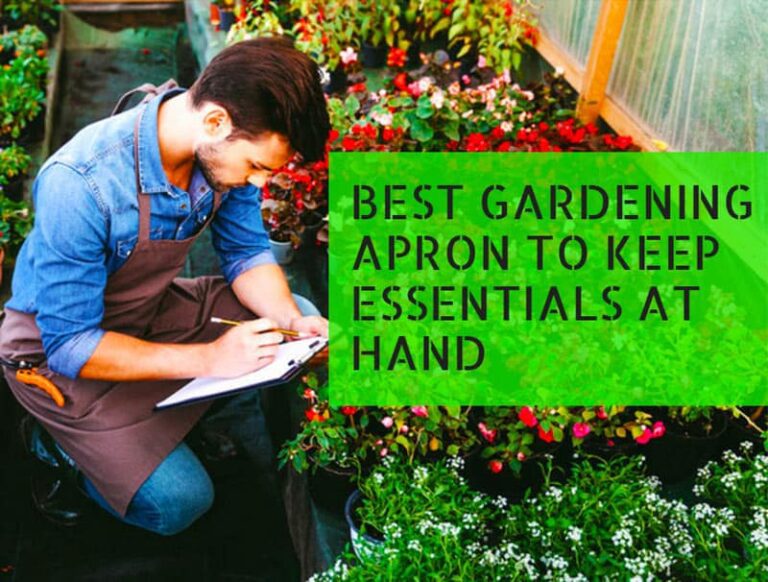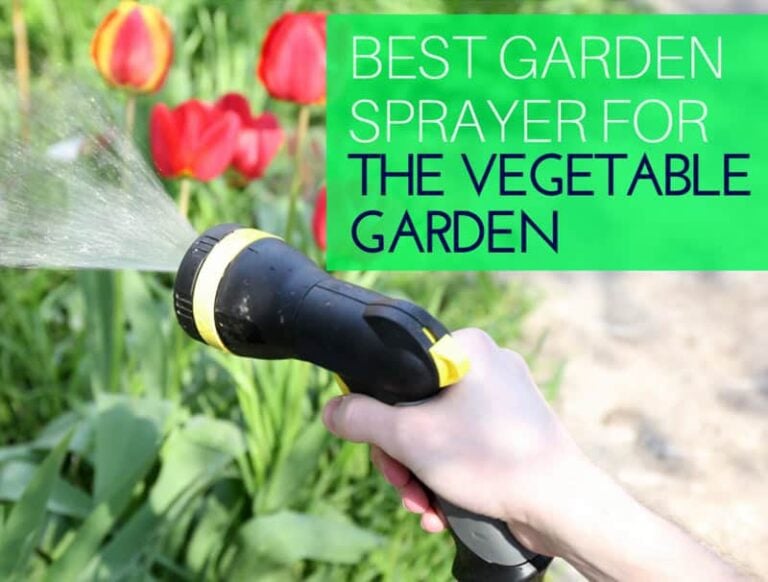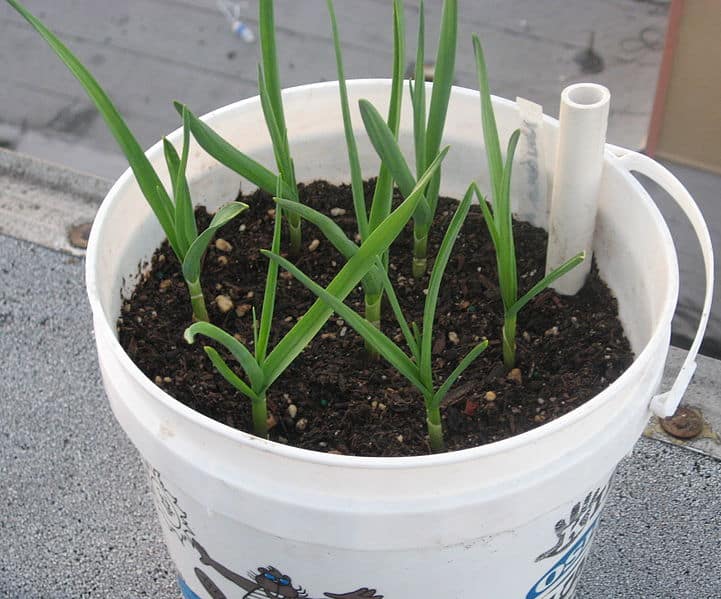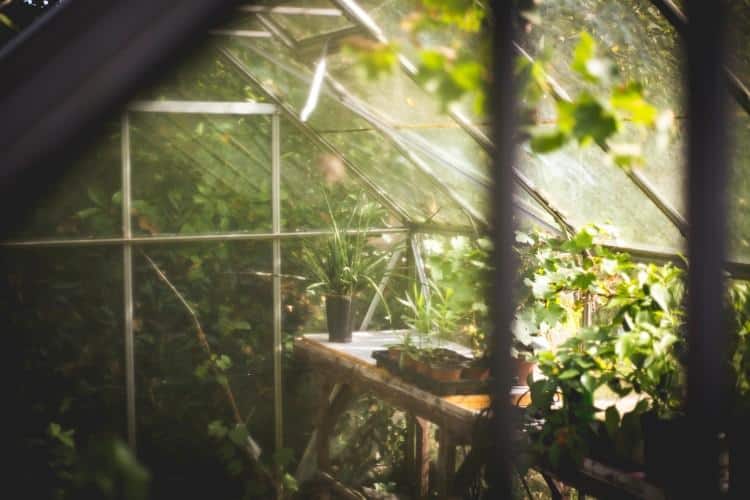Finding the Best Soil for Asparagus
There are lots of great soils for asparagus, but the one we usually recommend most is Espoma AP8 8-Quart Organic Potting Mix. If you want your asparagus plant to produce the way that you’d like it to produce, you’re going to need to create a good growing environment. And one of the most important ways for you to do this is by surrounding your plant with a proper soil. We’ve included some more recommendations and advice below.
Our Picks for Best Soil for Asparagus
[wptb id="506968" not found ]A Most Unique Veggie
When you’re growing a vegetable, the general rule is that you want patiently wait until the crop reaches full maturation before you enjoy it. Yet this is not the case with asparagus. In fact, waiting until the bitter end practically makes them inedible.
Asparagus spears – the veggies that appear on your plate at dinner – are harvested young, before they have the chance to grow to its apex.
If you don’t pick them young, they’ll develop into a tall, unfurled frond. While this theoretically will help the veggie capture sunlight for its roots on a more efficient basis, it does nothing to serve what it undoubtedly your purpose for cultivating them.
There’s a caveat to this, however. You shouldn’t expect immediate yummy results right away – asparagus takes a few years within its growth cycle before it starts producing the good stuff. However, there is payoff for the required patience. Once it gets over this hump, the perennials can produce killer results for 20 years if not longer.
A Look at the Versatility of Planted Asparagus
The cool thing about growing asparagus is that they really don’t need a large space to grow. This video proves this is the case, which can most likely be viewed as good news to those of you that don’t have a whole lot of room to operate with.
Planting and Growing Asparagus
Because asparagus can continue to produce in the same place for a couple of decades, it’s imperative that you plant them in a “bed” that you can trust. You’ll need to cultivate some of that trust on your end, as you’ll need to plant the asparagus crowns in a trench at least 6-inches deep.
Because asparagus won’t taste all that good on the first year of harvest, you’ll want to break the rule of harvesting the spears before they go full bloom during the initial growing period. Doing so will allow the veggie to build strong roots, as their unfurled bloom will soak up the sun and funnel that energy below the surface.
A Look at Asparagus Soil
Asparagus will thrive in soil that’s rich, well-drained, and non-acidic. If you’re serious about producing great spears year after year, it’s important that you maintain a consistently healthy soil bed throughout the duration of the plant’s cycle.
Some of this care will happen even before you plant your first seed or asparagus crown. It’s important that you remove an existing vegetation that may be lurking under the surface of the planting area. While you’re at it, you’ll want to make sure the soil is nice and loose, using a tiller or a digging fork to ensure this if need be.
Ideally, you’re going to want your asparagus soil to have a pH level of about 7. The best way to go about doing this is to deploy a soil test to the bed to determine the pH level. If the soil is too acidic, it can have adverse effects on your spears.
If you need to restore a little pH balance to your soil, you can incorporate some limestone into the mix. Be sure to share the results of your soil test with a nursery or a similar venue to help determine precisely how much limestone you’ll need.
You can always deploy a sufficient amount of fertilizer onto the dirt to help give your soil a good boost. This isn’t just a matter of dumping a scoop or two of the enhancer onto your bed, however. There are a few things you need to be mindful of as you look to seek out a bag.
The most important element to keep in mind is the level of nutrients the fertilizer has to offer. The amount of nutrients are listed numerically on the bag of fertilizer, and you should be able to use these figures in conjunction with the results of your soil test to determine which fertilizer can provide your garden with the best nutrients.
You’ll want to adhere to this balance when you are fertilizing. If you over-indulge your asparagus, you may wind up doing more harm than good to their overall integrity. This could have not so nice effects on your crop’s flavor.
Our Recommendation: Espoma AP8 8-Quart Organic Potting Mix
As is the case with pretty much every vegetable, you need to make sure that your asparagus maintains a healthy amount of moisture. However, there may be times where we lapse on this need. This is particularly the case if you’re new to gardening, and you haven’t quite found your proper rhythm.
Espoma AP8 8-Quart Organic Potting Mix works well because it helps to mitigate some of these mistakes. It does a good job of retaining moisture, which in turn gives novices a little leeway when they falter.
However, as you grow as a gardener, simply remembering to water your plants should be something that becomes a rote part of your day sooner than later. Every element that is vital to a healthy garden more or less stems from making sure the plants have sufficient water. Asparagus is no different, despite the fact that it’s unique.
Hopefully, getting your hands dirty with the soil (and other soil enhancers like fertilizer) will help you make watering your plants common gardening practice sooner than later. When this happens, delicious asparagus will be your reward – after a few seasons, that is.
Photo by Jason Riedy licensed under CC BY 2.0.






